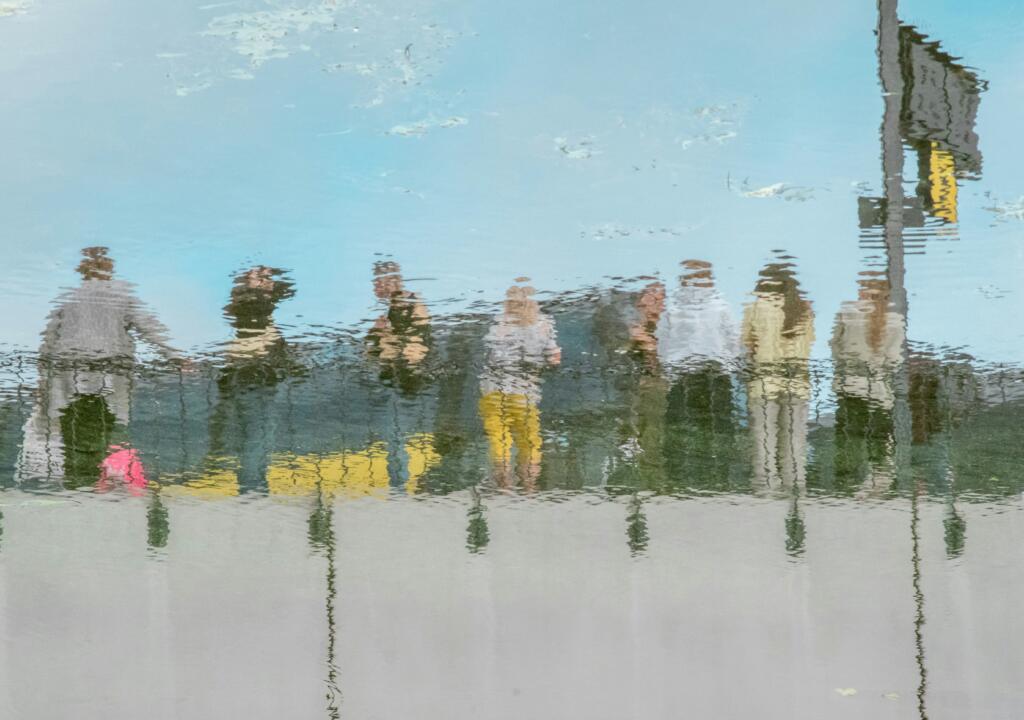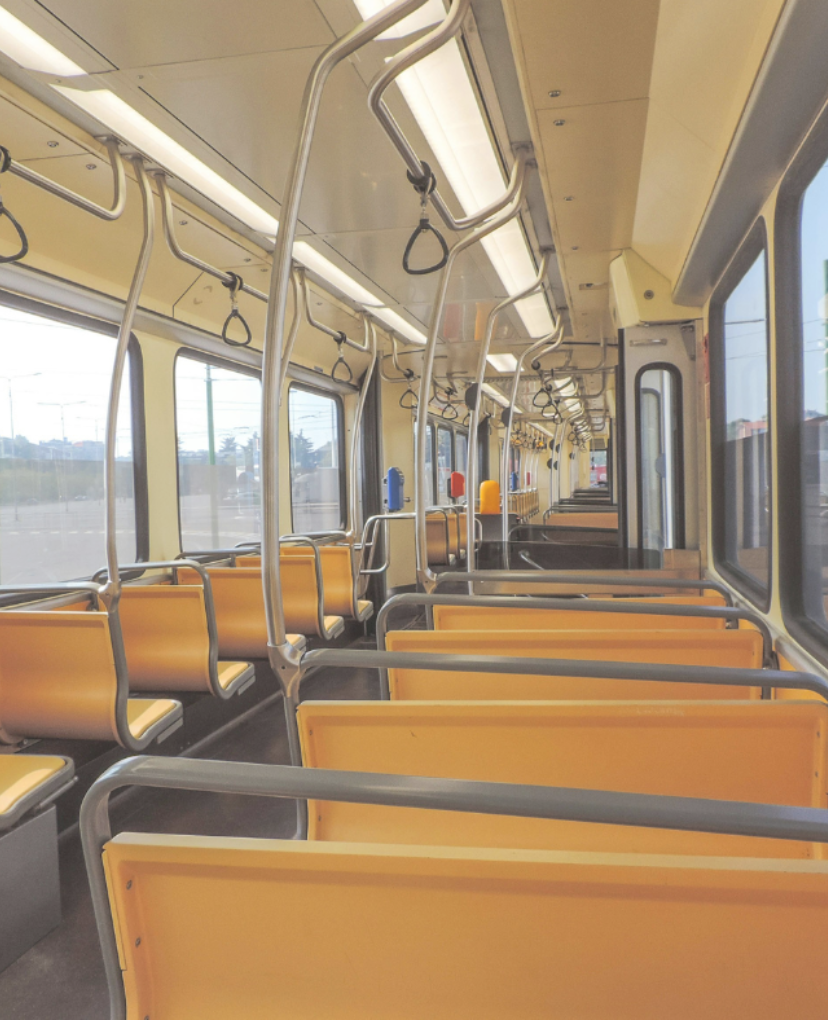Date of publication: September 2021 / Checked if updates were needed: March 2024
You have probably already come into contact with deepfakes, or images, sounds, and texts created or manipulated by artificial intelligence. Think of face swap applications, or the video by Buzzfeed and comedian Jordan Peele in which Barack Obama, former President of the United States of America, gives a speech about the dangers of fake news and things that seem real but are actually not.
Deepfakes are becoming increasingly realistic, blurring the line between reality and fantasy. When used for the wrong purpose, they can have major consequences such as creating fake news, disrupting political campaigns, increasing distrust in certain people or media, and much more.
Because deepfakes are becoming more and more real, it is good to educate yourself on how to recognise deepfakes. This brAInfood explains how you can recognise them by paying attention to certain particles in a video or image.



